Devonian to Carboniferous continental-scale carbonate turnover in Western Laurentia (North America): upwelling or climate cooling?
- PMID: 35910009
- PMCID: PMC9314305
- DOI: 10.1007/s10347-022-00653-4
Devonian to Carboniferous continental-scale carbonate turnover in Western Laurentia (North America): upwelling or climate cooling?
Abstract
The Devonian to Carboniferous (DC) transition coincided with a green-to-ice house climatic shift, anoxia, disappearance of lower latitude carbonate banks, and turnover from warm-to-cool water carbonate factories. In western Laurentia, the switch to carbonate factories dominated by cool-water biota was contemporaneous with a tectonically driven palaeogeographic change. To investigate this depositional shift and infer the relative impact of climate vs tectonics, a continental-scale sedimentological and geochemical study was conducted on twelve stratigraphic sections of DC strata from western Canada to southern Nevada (USA). The spatial-temporal distribution of microfacies records the turnover from [i] a Famennian lime mud-rich, shallow warm-water carbonate ramp with low sedimentation rates, mesotrophic conditions and tabular geometry to [ii] Tournaisian to Viséan lime mud-depleted and grainstone dominated cool-water carbonate ramp with anomalous high sedimentation rates, oligotrophic conditions and a pronounced slope. Positive excursions of δ 18Ocarb (+ 2‰ V-PDB) and δ 13Ccarb (+ 4‰ V-PDB) of Lower Mississippian carbonates likely correspond to the first cooling peak of the Carboniferous-Permian icehouse climate, following carbon withdrawal during black shale deposition during the late Famennian and early Tournaisian. However, late Tournaisian return of photozoan elements and their persistence throughout the Viséan suggests that warmer surface water existed, revealing a decoupling of the lower latitude ocean and the atmosphere. Shoaling of the thermocline was likely a result of cold-water upwelling along an open coast, as the Antler orogen no longer provided an oceanic obstruction to the west. This study shows that carbonate platforms are more susceptible to regional changes than global shifts.
Supplementary information: The online version contains supplementary material available at 10.1007/s10347-022-00653-4.
Keywords: Carbonate; Carboniferous; Climate; Devonian; Laurentia; Upwelling.
© Crown 2022.
Conflict of interest statement
Conflict of interestThe author(s) declare(s) that there is no conflict of interest regarding the publication of this article.
Figures

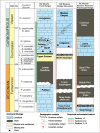
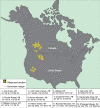
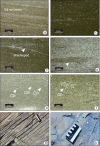
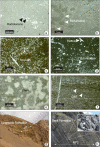
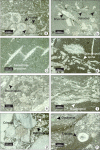


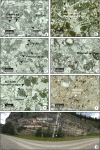


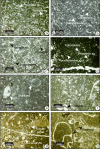



References
-
- Ausich W, Kammer TW. Mississippian crinoid biodiversity, biogeography and macroevolution. Palaeontology. 2013;56(4):727–740. doi: 10.1111/pala.12011. - DOI
-
- Becker RT. Analysis of ammonoid palaeobiogeography in relation to the global Hangenberg (terminal Devonian) and Lower Alum Shale (Middle Tournaisian) events. Ann Soc Géol Belgique. 1993;115:459–473.
-
- Birgenheier LP, Frank TD, Fielding CR, Rygel MC. Coupled carbon isotopic and sedimentological records from the Permian system of eastern Australia reveal the response of atmospheric carbon dioxide to glacial growth and decay during the late Palaeozoic Ice age. Palaeogeogr Palaeoclimatol Palaeoecol. 2010;286(3–4):178–193. doi: 10.1016/j.palaeo.2010.01.008. - DOI
-
- Blakey RC, Ranney WD. Ancient landscapes of western North America: a geologic history with paleogeographic maps. Springer; 2017.
-
- Boreen TD, James NP. Holocene sediment dynamics on a cool-water carbonate shelf: Otway, Southeastern Australia. J Sediment Petrol. 1993;63:574–588.
LinkOut - more resources
Full Text Sources
Research Materials
